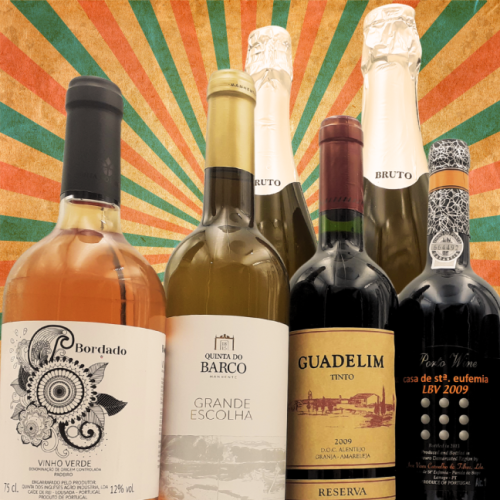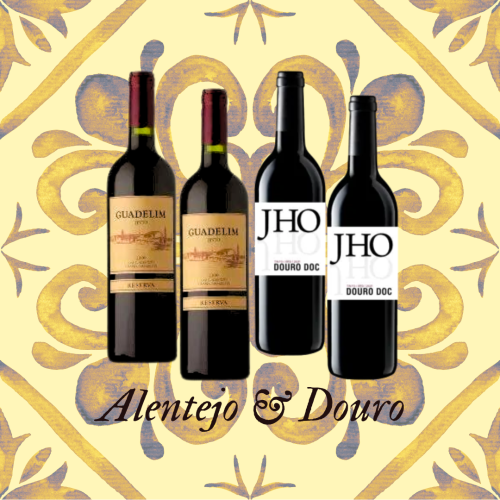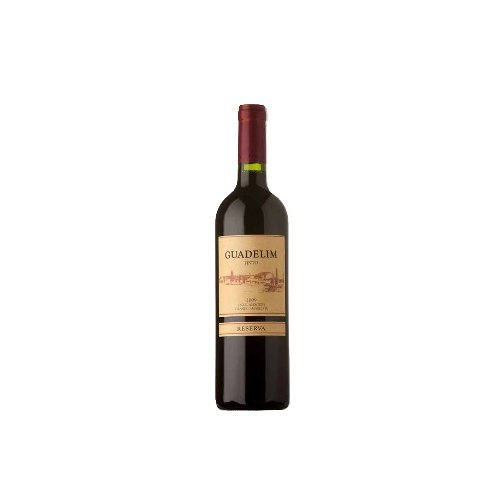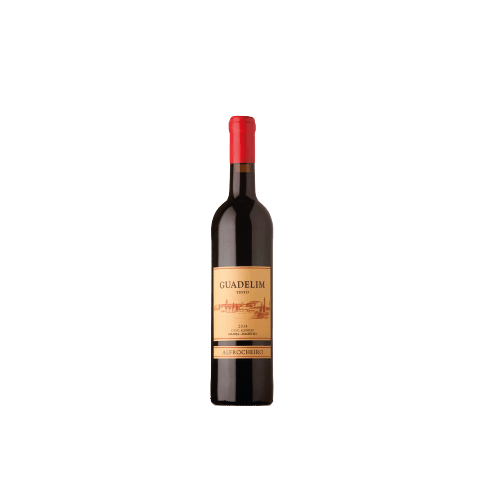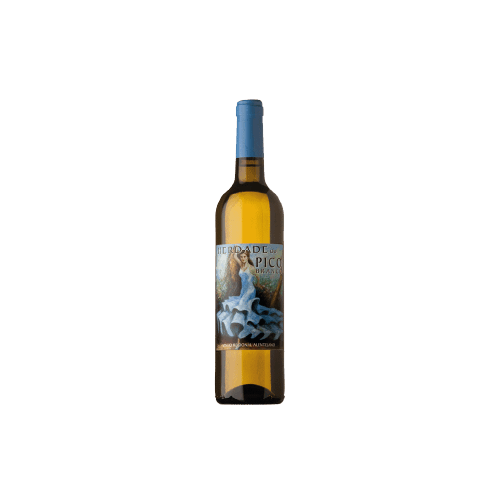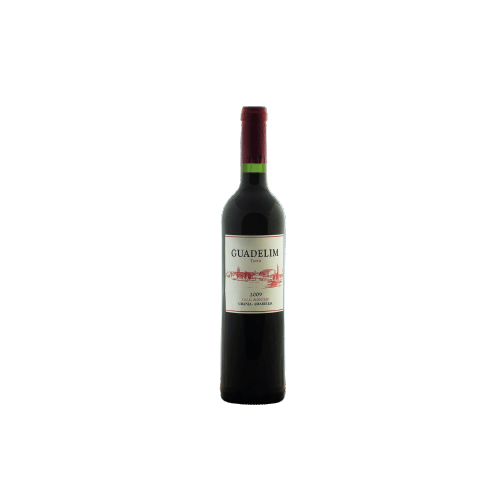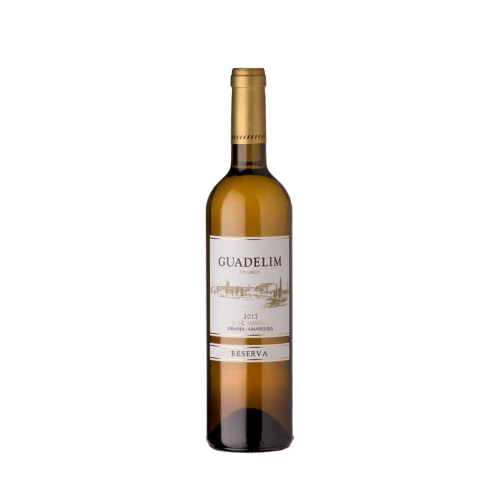Les meilleurs vins alentejo
Product filtering
Active filters
location_on Alentejo
WINE GUADELIM RESERVE RED 2009
An elegant and rich wine, combining power and finesse.
Wine info >
location_on Alentejo
WINE ALFROCHEIRO GUADELIM RED 2014
An elegant and rich wine, combining power and finesse.
Wine info >
location_on Alentejo
WINE BAILARINA WHITE 2015
An excellent white wine, with great aromatic richness and great liveliness.
Wine info >
location_on Alentejo
WINE GUADELIM RED 2009
An elegant and rich wine, combining power and finesse.
Wine info >
location_on Alentejo
WINE GUADELIM RESERVE WHITE 2017
A wonderful wine that despite of it's age, conserves an amazing youth.
Wine info >
Appellation Alentejo – Portuguese wines Alentejo, a red and white wine production region.
The red wines of the Alentejo appellation:
These are vigorous wines, rich in tannins, with dominant aromas of black fruits and berries. To be enjoyed with red meats with sauce or grilled.
The white wines of the Alentejo appellation:
these are supple wines, with aromas of flowers, tropical fruits, and mineral notes. To be had with fish with sauce, white meats or dry cheeses.
The Alentejo region
Alentejo is the largest wine-growing region in Portugal and covers the centre and Southern part of the country. It is divided into two provinces: Alto Alentejo, with Évora as its capital, a city classified as a World Humanity Heritage Site, and Baixo Alentejo, with Beja as its capital. This essentially flat region only has three headlands: Serra de S. Mamede, near Spain, Serra d’Ossa, to the North of Redondo, and Serra do Mendro, to the North of Vidigueira. It is traversed by three rivers, the Guadiana, the Mira and the Sado. The weather is Mediterranean, with mild winters and very warm summers, which promotes healthy ripening of the grapes. Owing to its size, the region favours large estates and therefore major wine producers, distributed in the sub-regions of Portalegre, Borba, Évora, Redondo, Reguengos, Granja-Amareleja, Vidigueira and Moura.
Characteristic grape varieties of Alentejo
The main grape varieties used for the production of red wines are Trincadeira, Aragonez, Castelão and Alicante Bouschet. For the production of white wines, the grape varieties used are Arinto, Antão-Vaz and Roupeiro.
The history of wines from Alentejo
The presence of vineyards in Alentejo goes back to the pre-Roman period, with relics related to wine production and sale from times dating as far back as the Phoenicians, Greeks, and Tartessians. When the Romans arrived in Portugal, they discovered a robust wine production, which they then significantly developed. They left behind a viticultural heritage which is still alive today, like vinification in clay amphoras. The arrival of the Arabs impeded this cultivation by reducing its scale, and it remained stable till the borders in this region stabilised. There was a resurgence of vine cultivation and wine production around the XVIth century, when it was controlled by the religious orders that owned this region.
Alentejo and its gastronomy
With a very rich gastronomy, based primarily on pork, mutton, and beef, Alentejo traces back to its Arabic roots using rich and flavourful herbs in its spices. Black pig cooked pork meats are also a staple, along with the production of sheep's milk cheese, particularly those from the Serpa region, one of the three most prestigious regions of Portugal. Alentejo's egg-based desserts, living testament to the presence of monasteries in the region, deserve their excellent rating. Don’t miss out the "fidalgo" from Évora, the "barriga de freiras", the "papos de anjo”, the "encharcada", the egg and almond cheeses, the "beijos da freira", from among other desserts which you can find in the region.
Tourism in Alentejo
All interested tourists absolutely must visit Évora, a city classified as a a World Humanity Heritage Site, to take a walking tour of the old city, discovering the Roman temple of Diana, the old cathedral, numerous churches, the Chapel of Bones, the Cadaval palace, the Eugénio de Almeida foundation and, of course, the city centre, the place Giraldo. If time allows, you should also visit Estremoz and its castle, Borba, Portalegre, Vila Viçosa and its Ducal palace, Redondo, Monsaraz, Beja, Vidigueira, Serpa and Moura, to get to know about the different styles and regions which make this region one of the richest in Portugal.

